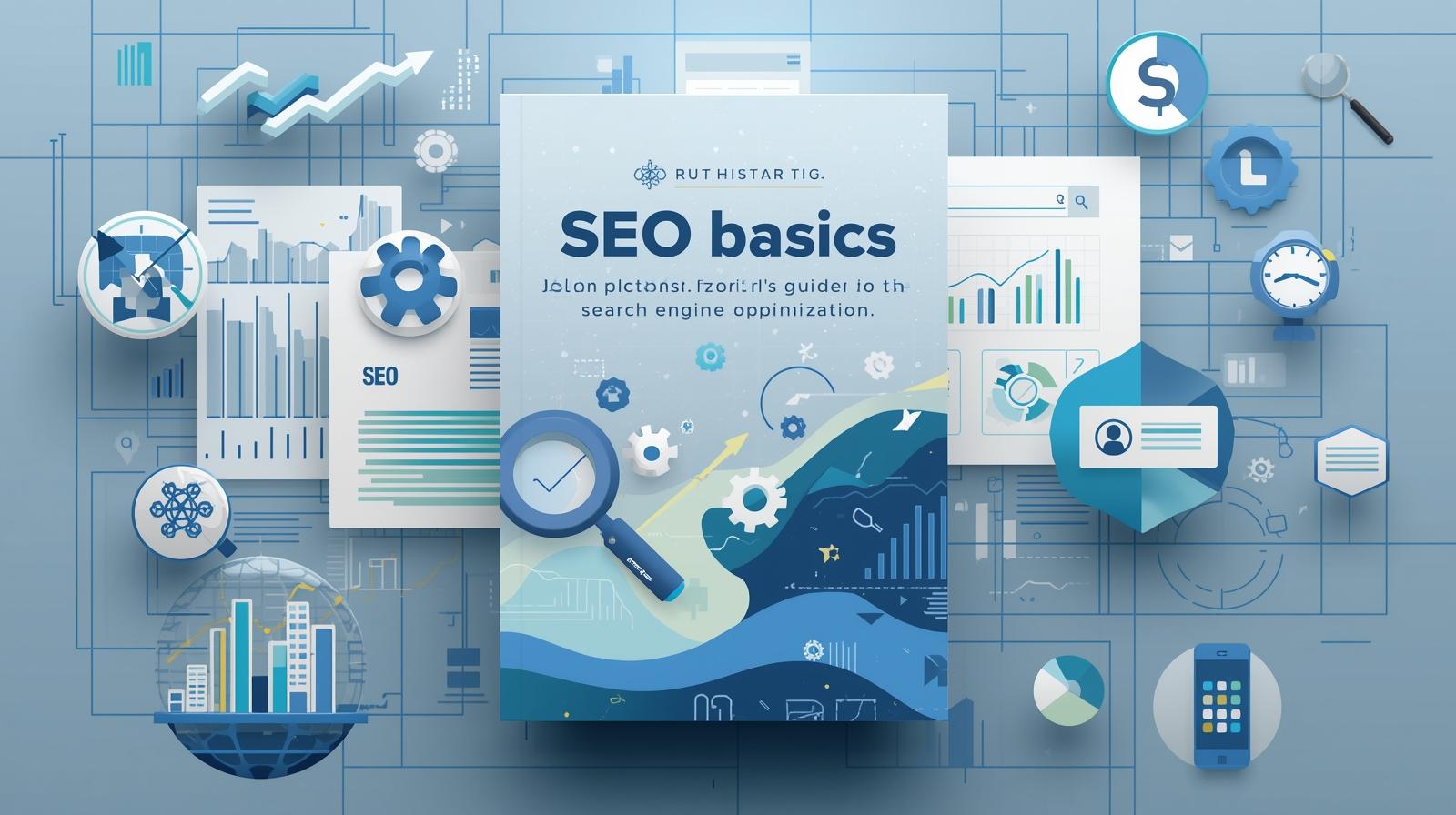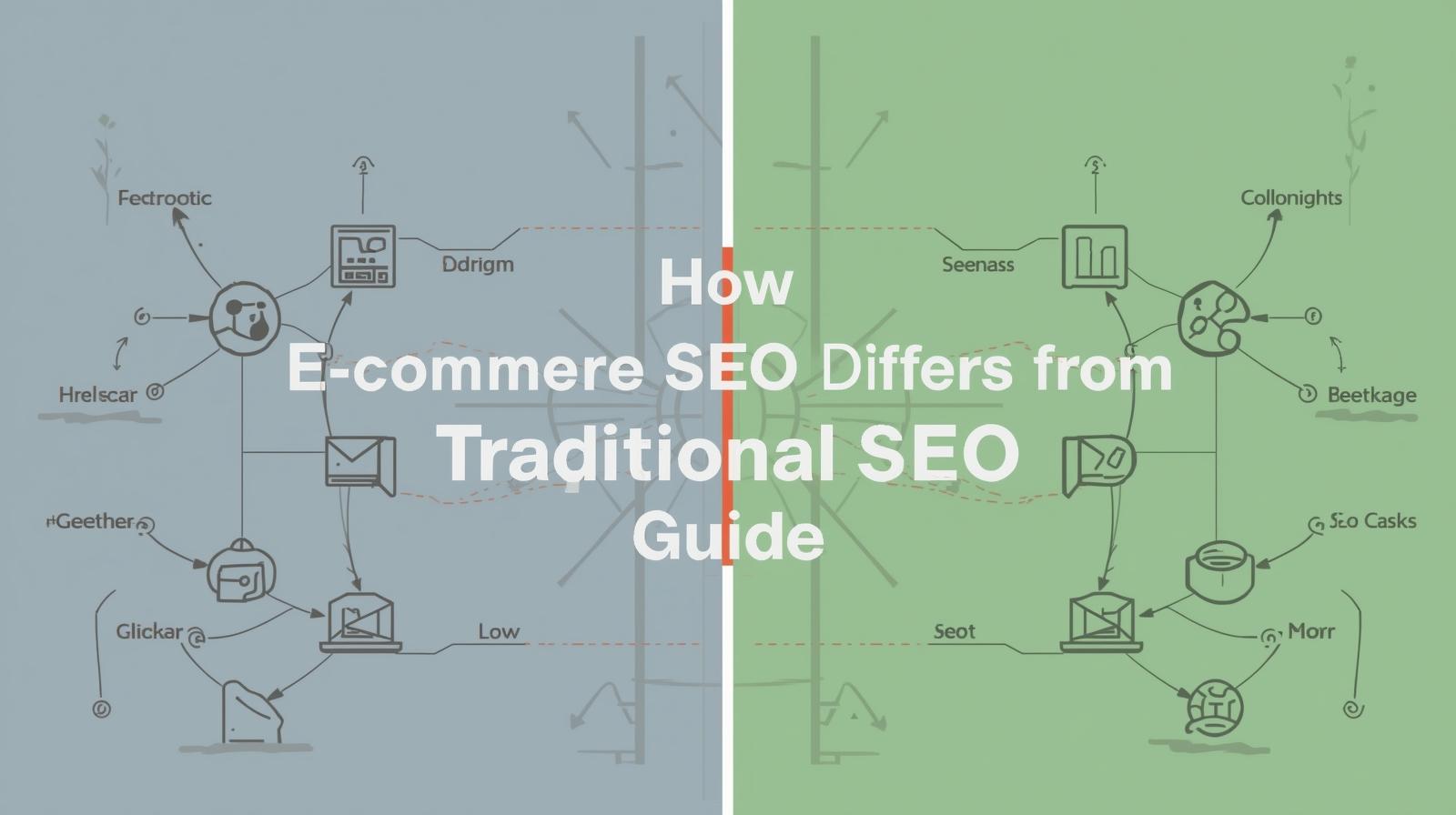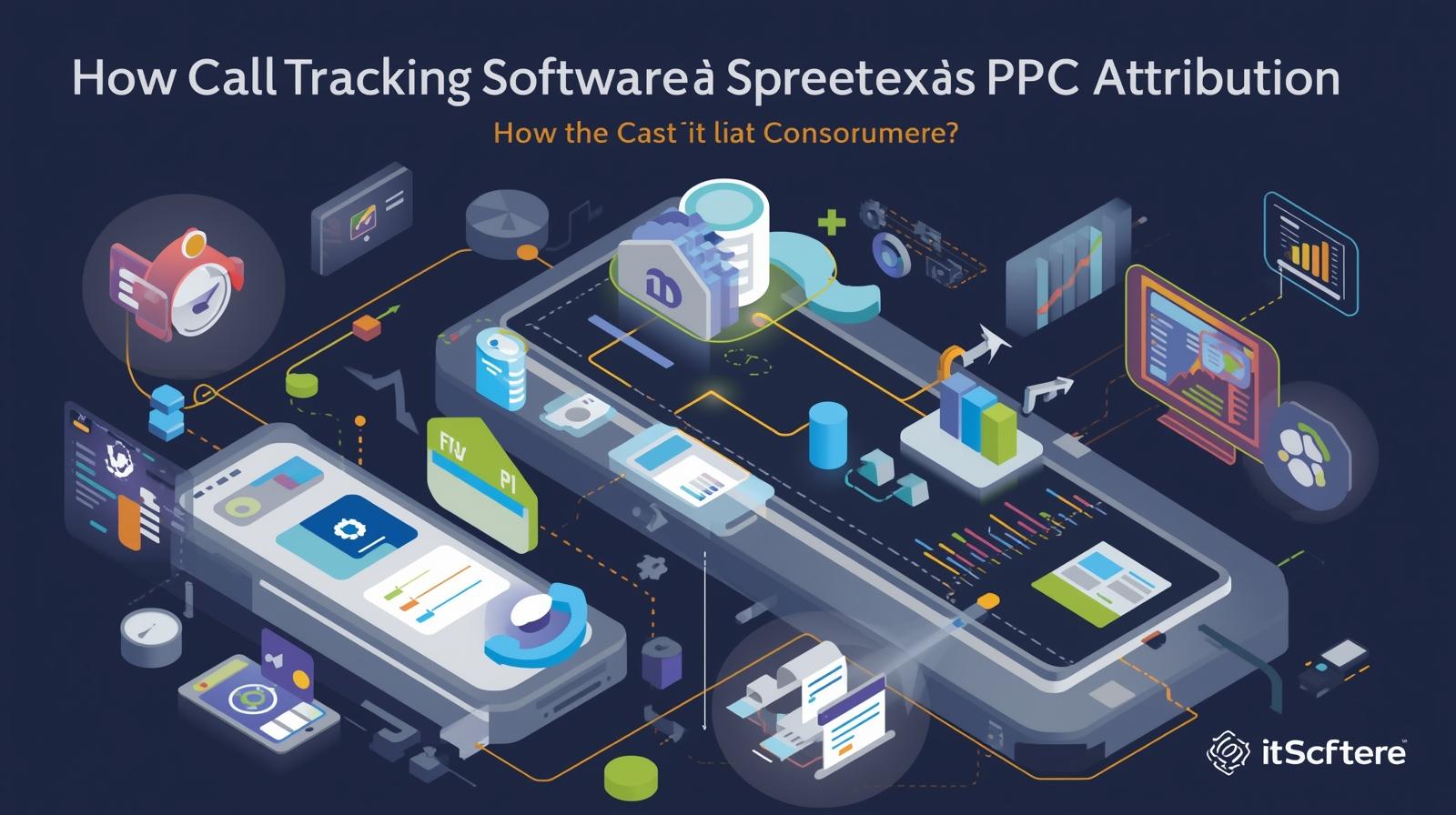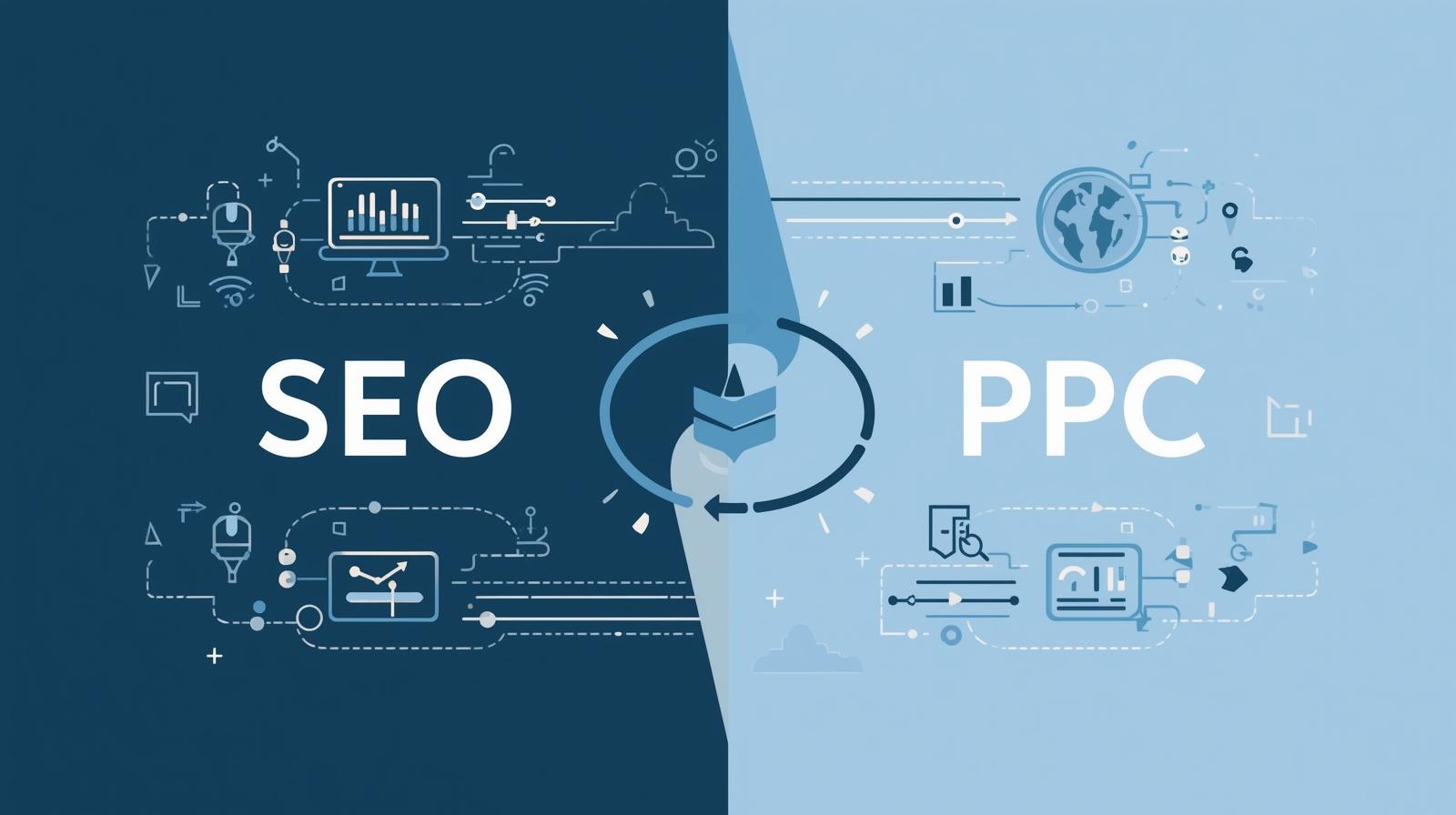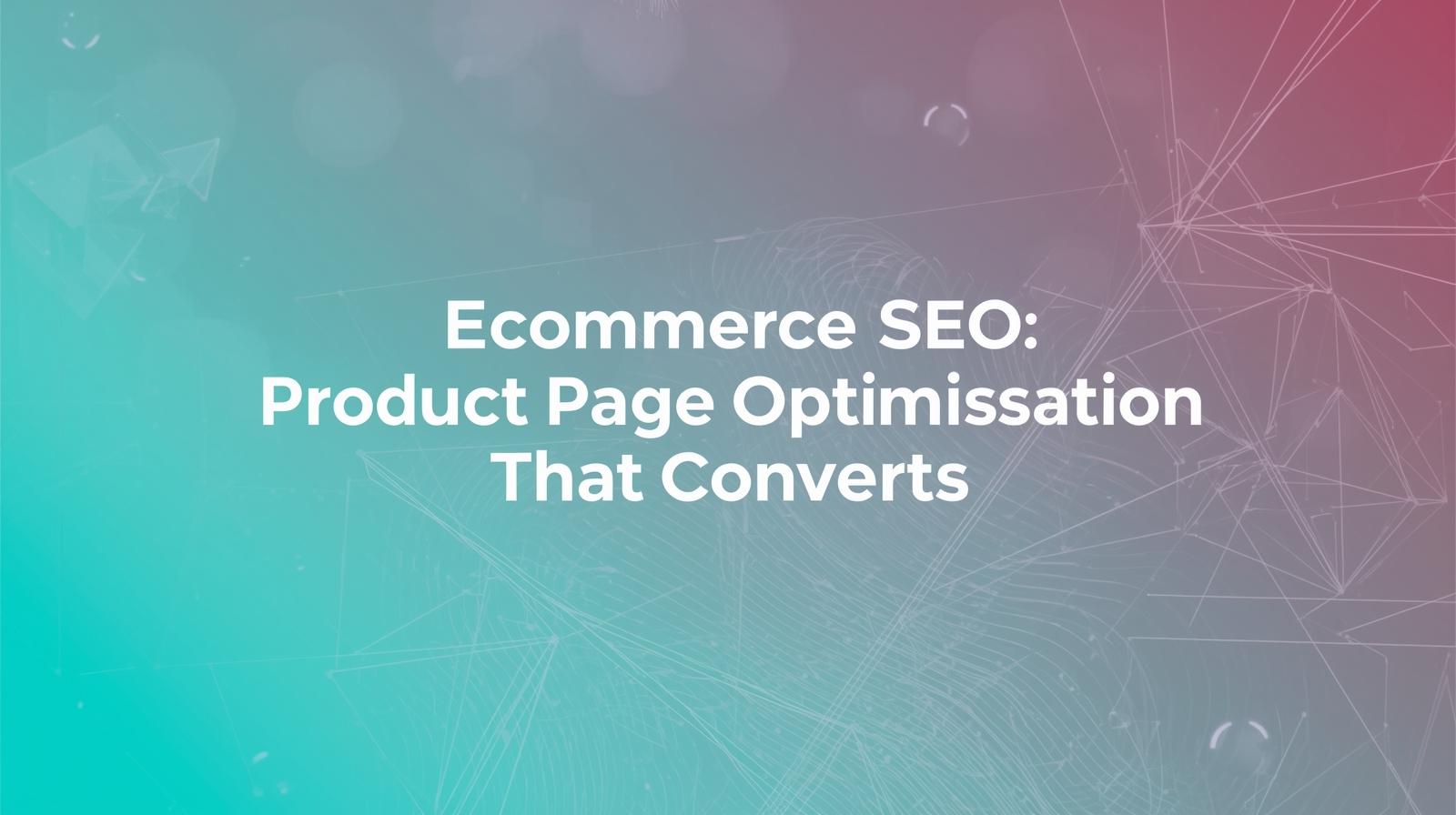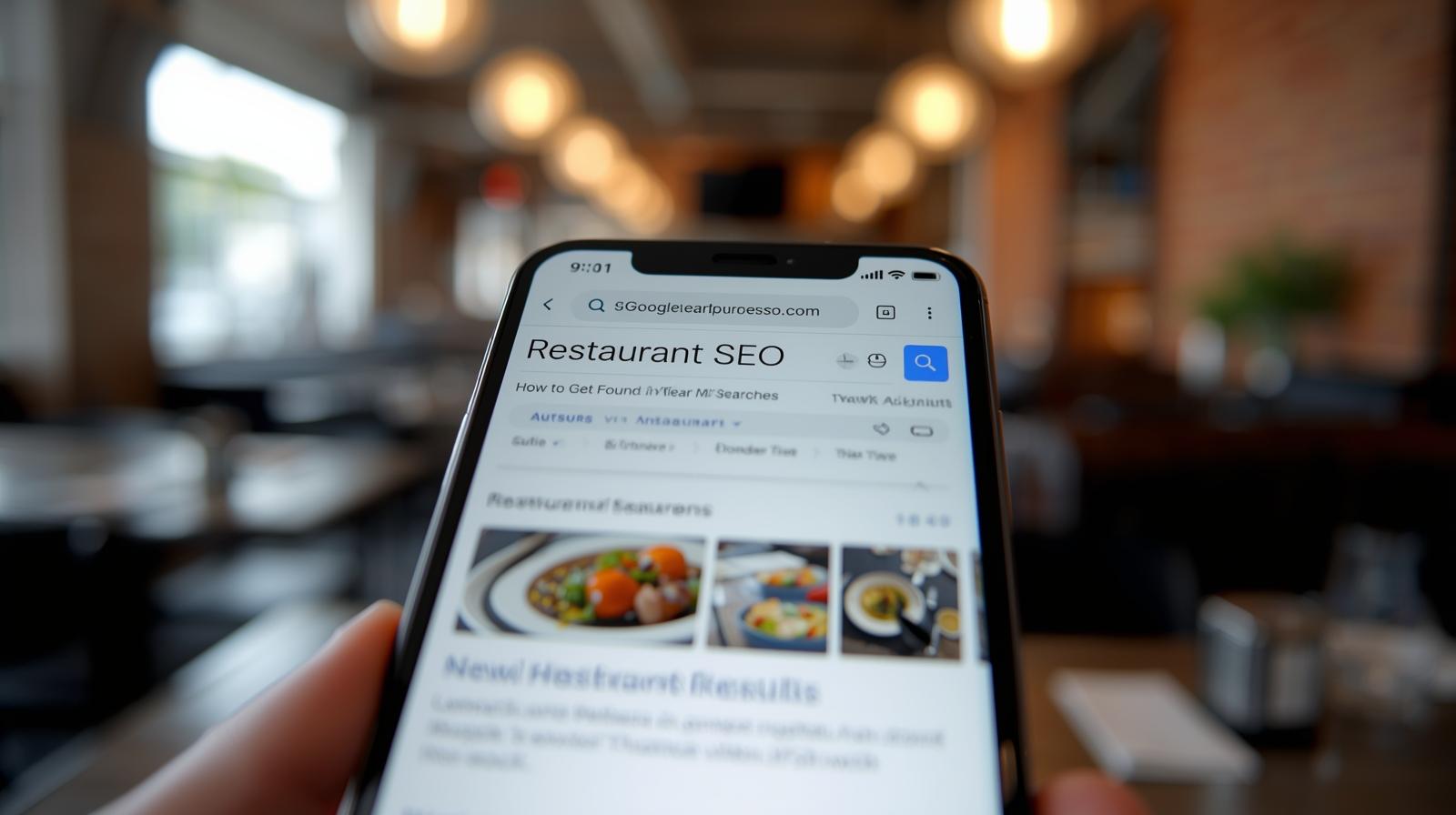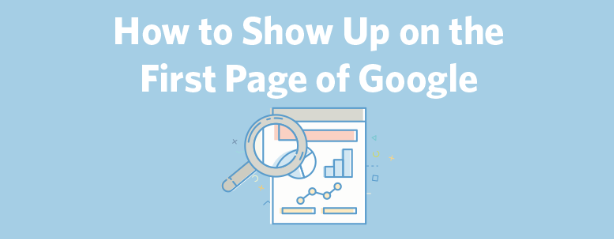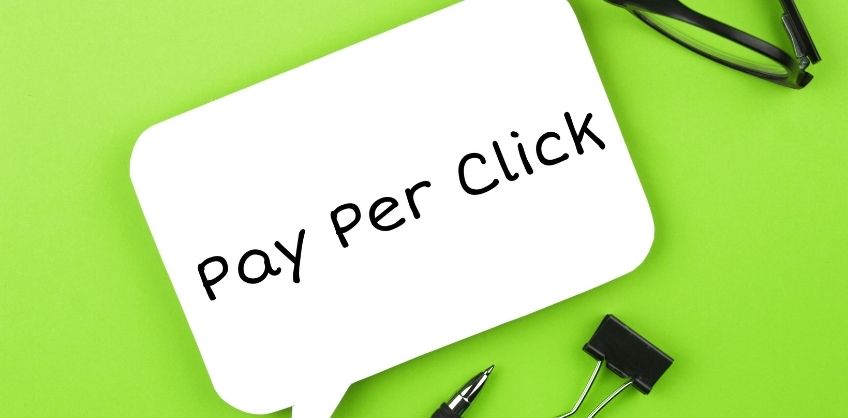February 07, 2022
For easy ranking of the content, keywords are targeted. These keywords are used to tell the search engine about the similar content present on the webpage. The main goal is to help readers as well as the search engine to find good SEO keyword content.
What Are Keywords In SEO?
- Keywords are basic words present in the content of the website. They display the content related to the words that are being searched in the search engine.
- They are ideas and topics that define the brief description of the content.
- Keywords are intentionally added to the website content in order to improve the search engine ranking. The results of the keyword research process help in finding the most commonly used keywords. They are chosen on the basis of competition, search volume.
In SEO terms, keywords are the words and phrases that individuals enter into search engines. They form the foundation of all the SEO processes carried out on the website.
For example,
When we consider “Guitar” as a keyword, and you own a website for guitar, where you sell all kinds and different varieties of guitars. You write a blog about what to look for while buying a guitar. Further, while selling a guitar online, you describe its specifications in detail. You also create a product category page to group the different kinds of guitar, such as a category for electronic guitars.
Why Are Keywords Important?
Keywords are essential because they inform search engines about the content present on your website. Likewise, they are also words used to refer to the words and phrases that people search to find regarding information.
When you design your content around the keywords that are mostly searched by the individuals. Then your website can rank higher for these terms.
With SEO technique, you wish someone to navigate to your website after using a definite search term or keyword. You need to impress the audience and use the same words they use when they are searching.
If you apply the wrong keyword, you will never get the traffic you desire, because your text will not match the searches that your potential audience is doing. But if you apply the keywords people are looking for, your business can boom. With the wrong keyword, you will end up with the incorrect masses. This is the reason the right keywords are really important.
How To Use Keywords?
Nowadays, you need to add a few keywords to the content to make it rank in the Google search results. But a text with a lot of similar words is quite old-fashioned, and you will not connect while reading it. And because users find this difficult to read, similar to Google, it is also difficult to search.
Hence, applying keywords randomly for ranking in Google becomes too hard. In the present scenario, you will require to insert your keyword naturally by writing focused content.
Apply them in grade form
Using the ideal amount of keywords on your webpage to make it rank on the Google search is a fine art. If you do not insert the proper keywords in the content, you will find it hard to rank. And if you overuse keywords, your content will become spam and unreadable. As a result, it will make the content hard to rank.
Apply them naturally
Instead of using the keywords many times or just to add the keyword to the content, you need to insert them naturally. Your keyword should be logical and in sync with the topic of the content. Always try to insert the keywords in the heading where it makes a sensible sentence. You need to design the content in a way that the keywords adjust naturally.
Read More: 7 Tips for Creating a New (SEO Friendly) Logo
Where To Insert Keywords?
Keyword distribution and placement in the content is also an art. But there are some pre-defined spots where you can place the keywords for the ranking of the content.
In the Page title and SEO title
You need to ensure that you apply the keywords in the title of the page. Technically, you should add it at the starting of the title if the title is too long.
In the Subheadings
You need to make sure that you insert some keywords in the headings as well as subheadings, but not overuse them. Decide the spot to apply the keywords, depending upon the length and content of the article.
In the Introduction
The introduction is the first paragraph of the content on the main title page. The introduction needs to focus on the main intent of the content. It helps the users as well as Google to know about the content and the keywords present in it.
Image alt text
The content should include an image related to the topic. Add some images to your content and fix them naturally in the overall content related to the topic.
Read More: Image Alt Tags SEO
Meta description
A meta description keyword is the part of the Google text that is displayed in the search results of Google. The meta description includes meta keywords representing a short description of the content that the user is looking for. It is the most preferred spot to insert the keyword as it affects the ranking of the page directly.
URL slug
The slug is the secondary part of the URL that denotes the specific page. Try making a short and clear slug for a webpage, and also insert some focus keywords of the content.
Types Of Keywords
There are mainly two different types of keywords that you can use on the webpage:
- Head keywords
- Tail keywords
Head Keywords
Head keywords are very popular keywords with high search volume. In a general, they can be used on a wide level of content relation. These keywords are applied more commonly, which in turn get a lot of searches and are extremely competitive.
Tail Keywords
Tail Keywords are accurate keywords used to find a specified piece of information or product. These are generally longer and contain about 3 to 5 words. They have lower search volume and are hard to rank.
There are 3 types of Tail keywords
Short Tail Keywords
Short tail keywords are the type of keywords searched more commonly. They have a really inclined volume of search traffic. These terms normally contain 1 or 2 words and are specifically the most competing SEO keywords.
Mid-Tail Keywords
Mid-Tail Keywords normally contain two to three words and are somewhat more descriptive than short-tail keywords. These keywords are less competitive than wide keywords because they are more descriptive.
Long-Tail Keywords
Long-tail keywords are highly focused on a specified topic or audience. They basically consist of multiple keywords, giving them their name. The long-tail keywords are more specified, less competitive, and can lead to higher click-through rates.
There are other different types of keywords on the basis of the nature of the words. They are as follows:
What are Negative Keywords?
Negative Keywords are the keywords used to prevent the linking of the keywords which are not relevant to the content. The main purpose is to serve the filtering of the content.
What are Primary Keywords?
Your primary keyword must be present in the main topic or idea that you need to target on a particular web page. Every webpage on your website must contain a single primary keyword to focus on. This helps Google to find the related content because of the keywords and rank it.
What are Market Segment Keywords?
Market segment keywords are usually terms that are linked to businesses, industries, brands, or products. Your focus audience might utilize this at the beginning of their product search, which may be called the initial step in this journey.
What are Customer Specifying Keywords?
Customer specifying keywords are terms that are commonly used by a group of audiences or customers. The focus of these keywords is more on the description of what they are searching for and their needs. These words are pointed to the requirement of the customer needs.
What are Branded Keywords?
These are the keywords that include the brand name and other branded terms. These types of keywords are mainly used to focus the brand and strike the target audience. This will help in improving the SEO ranking of the webpage.
What are Product Keywords?
Product keywords are search words that specifically focus on certain products and services of a business. Product type keywords in SEO are generally examined and applied by e-commerce selling stores of goods from various manufacturers in a particular niche/kind of product.
What are Competitor Keywords?
Many brands intentionally search for the keywords for SEO plans that are in use by competitors. Searching the keywords of rival brands is a healthy activity. It allows you to focus on similar buyer interests. And helps you to target potential customers who are unaware of your brand or website.
What are Geo-Targeted Keywords?
Geo-targeted is the type of keywords in SEO that target a specific geographical area i.e., country, state, city, or neighborhood. These keywords are suitable for local businesses who want to focus on the neighborhood target audience. Moreover, geo-targeted keywords are used by the users in their browsers who are looking for physical local stores or service locations in the nearby area.
What are Buyer Intent Keywords?
Buyer intent terms are the most important types of keywords in SEO. These are the words used by potential clients who are ready and waiting to buy your product or avail the services that you offer. Basically, buyer intent keywords help you to determine the exact needs of the potential customer is in the product journey.
Conclusion
To sum up, you must have a basic understanding of what are keywords or types of keywords. The above information will help you to search for the current keywords as well as research on the same. As a result, it will help to improve the SEO ranking of the website.

Recent Posts
ARE YOU A LEADING SEO SERVICE PROVIDER?
Get listed in world's largest SEO directory today!
Directory listing counter is continuously increasing, be a part of it to gain the advantages, 10301 Companies are already listed.





